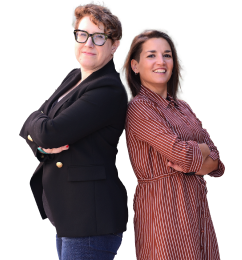Reported
Sentient Sessions: New Speaker Series
Monthly speaker series bringing together journalists, investigators, and experts to explore how to report on the issues that matter to all of us: the treatment of all sentient beings and…
Policy•15 min read
